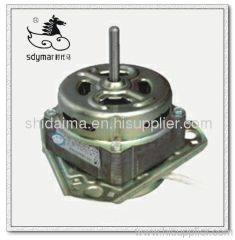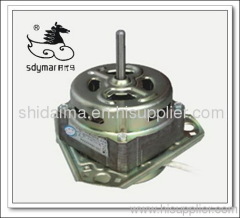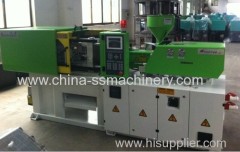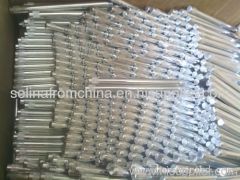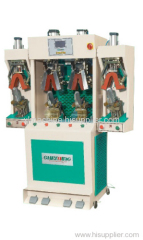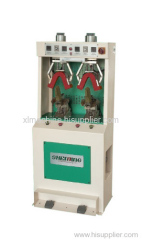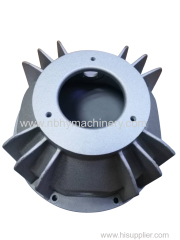
part of the machine
| Place of Origin: | Zhejiang |
|---|
Company Profile
| Location: | Ningbo, Zhejiang, China (Mainland) |
|---|---|
| Business Type: | Manufacturer |
Product Description
Product Attribute
Packing:Delivery Date:Supply:Material:Weight:Machining:
| Wooden Case/Pallet | 30-35days after the... |
| Drawing Design or OEM | Stainless Steel |
| 0.92kgs | Machining Center |
Product Description
| 1 | Business Type: | OEM& ODM Manufacturer |
| 2 | Products Range: | Auto /Moto Parts, Machinery Parts, Hardware Accessories, Furniture Hardware etc |
| 3 | Materials: | Aluminum: AL6061, AL6082, AL7075, AL5052, etc |
| Steel: S355ML, S420ML, P20, SKD11, SKD61, SKH9, SKH51, S45C, etc | ||
| Iron: 1C45, Y15, C1211, SUM2212L14, 1215, etc | ||
| Stainless steel: SUS304, SUS303, SU316L, SUS440C, etc | ||
| 4 | Machining: | cleaning, turning, milling, drilling, grinding ,CNC shearing,laser cutting, welding etc |
| 5 | Surface Treatment: | Polishing, Deburring, Chrom Plate, Ni Plated, Zine plated, Silver platinng |
| Clear anodizing, Anodizing black, Carburizing Nitriding, Heat Treatment, etc | ||
| 6 | Testing Equipment: | Hexagon CMM, TESA Height Gauge, Projector, Micrometer, etc |
| 7 | QC System: | 100% Inspection before shipment |
| 8 | Payment Term: | T/T, L/C, D/P |
| 9 | Trade Terms: | FOB, CIF |
| 10 | Delivery Time: | 20-30Days(According to The Order) |
| 11 | Our Advantages: | Reliable Quality |
| Competitive Price | ||
| High precision, high quality, tight tolerance | ||
| Continuous Improvement | ||
| On-Time Delivery | ||
| Customer Satisfaction | ||
| Excellent After-Sales Service |
Tags: part of the machine
How do machine components work together during the manufacturing process?
Machine components work together in a coordinated manner during the manufacturing process to ensure the efficient production of goods. Here's how these components collaborate:
Input and Programming: The manufacturing process begins with input from a human operator or a computer system. Instructions are programmed, specifying the desired product's design, dimensions, and production parameters.
Machine Control: The programmed instructions are sent to the machine's control system, which interprets the commands and coordinates the various components.
Drive Mechanisms: Drive mechanisms, such as electric motors or hydraulics, provide power to move the machine's components. These mechanisms ensure that parts of the machine move as intended.
Tooling and Workholding: Tooling includes cutting tools, molds, or dies, while workholding devices secure the raw material or workpiece in place. These components play a central role in shaping and transforming the material.
Workpiece Movement: Depending on the machine's design, the workpiece may move along multiple axes or rotate as needed to reach the cutting or shaping tools.
Guidance Systems: Linear guides and ball screws maintain the alignment and stability of moving parts, ensuring accuracy during machining or production.
Temperature Control: Some manufacturing processes require precise temperature control. Cooling or heating elements help maintain the material and tooling at the right temperatures for processing.
Feedback Systems: Encoders, sensors, and detectors provide real-time data on the machine's performance and the quality of the product. This feedback helps the control system make adjustments as necessary.
Safety Mechanisms: Safety components, such as emergency stops and interlocks, ensure that the machine stops in the event of a problem or if an operator's safety is at risk.
Quality Control: Inspection and measurement systems can be integrated into the machine to monitor product quality and dimensions during production.
Material Handling: Material handling components, such as conveyors and robotic arms, transport raw materials or finished products between various stages of the manufacturing process.
Automation and Robotics: Automated systems and robots can handle repetitive tasks and perform complex operations with precision and speed.
Control Software: Control software manages the execution of the programmed instructions and the coordination of the machine's components.
Operator Interface: The operator interacts with the machine through an interface, making adjustments, monitoring progress, and ensuring safe and efficient operation.
Power Supply and Energy Management: Power sources provide the necessary energy to run the machine, and energy management systems optimize usage for efficiency.


